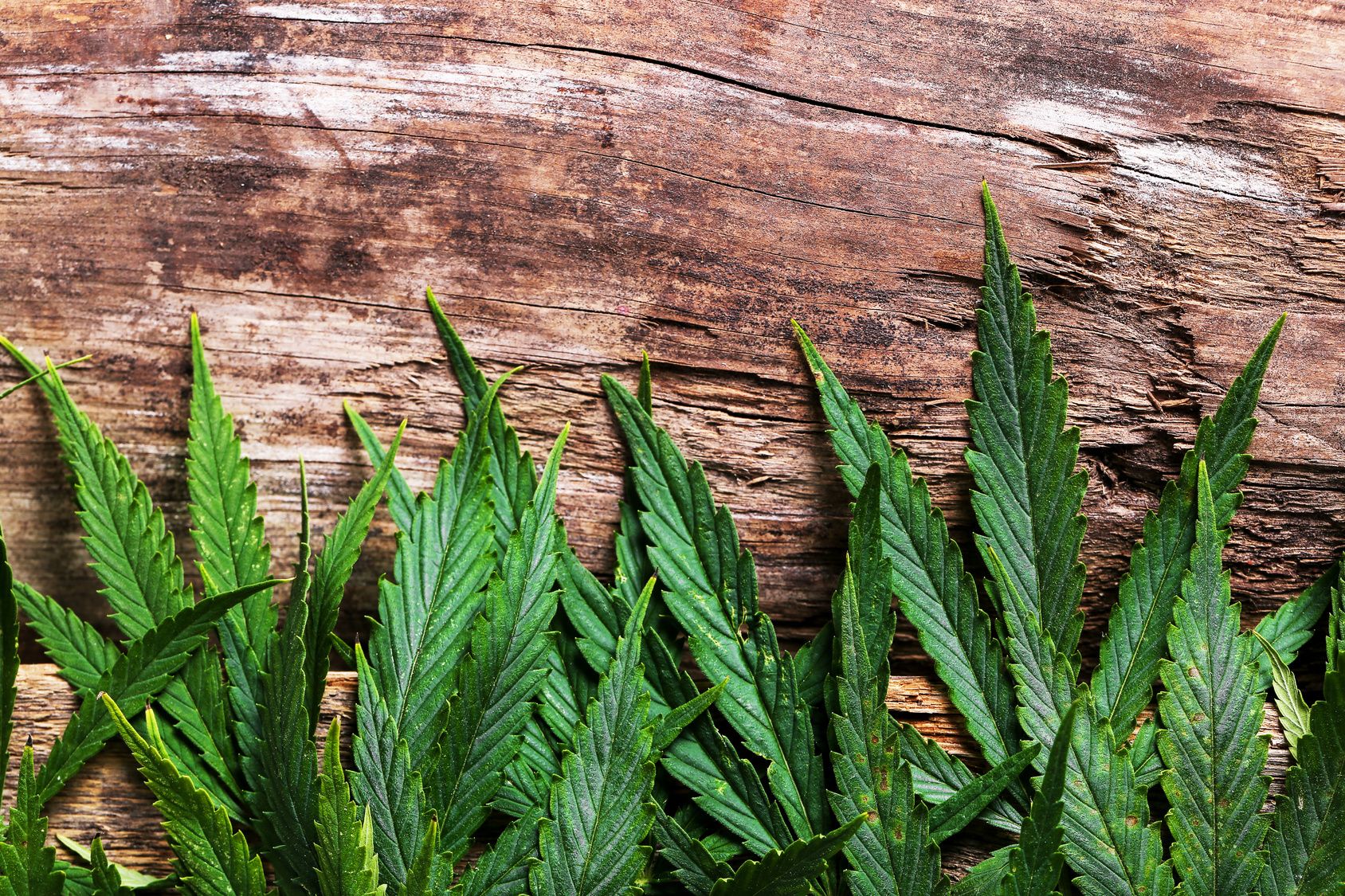
Weed, dope, marijuana, whatever you call it, getting high on this herb doesn’t carry the stigma it once did. States are slowly but surely legalizing marijuana, making it readily available. We’ve also seen a spike in the use of Spice or K2, a dangerous drug that’s marketed as a safe synthetic form of marijuana.
Over the Thanksgiving weekend, at least 14 people became sick after using synthetic marijuana, or Spice. CBS News reports that San Diego police have seen a large number of overdoses for two weekends in a row; about 30 people got sick the weekend before Thanksgiving.
The trouble with Spice is that the leafy part of the drug — which is not marijuana, by the way — isn’t illegal, but the chemicals that makers add to the leaves are illegal. In order to find out if those chemicals are present, extensive testing must be conducted, so it’s not easy to determine what people are consuming unless officials can get their hands on a sample.
“We’re still trying to work through it and find out exactly where it’s coming from,” said Sgt. Edwin Garrette of the San Diego Police Department (SDPD). “More importantly, get a sample of it and do a toxicology on it.”
According to CBS News and the SDPD, hospitalized individuals purchased Spice that was packaged with a blue dragon or a skull on the side of the package. They’re still investigating whether or not both varieties came from the same dealer.
What is synthetic marijuana?
So what exactly is synthetic marijuana? According to the National Institute on Drug Abuse, synthetic marijuana, or synthetic cannabinoids, are drugs that are made by spraying chemicals on dried leafy plant material. They are also sold as liquids. Both are smoked — the liquid is used in e-cigarettes — and both forms are very unsafe. Spice or K2 is often sold as incense, and is often labeled “not for human consumption.” But, the fact that labels often claim that Spice contains “natural” materials leads many to assume it’s safe to smoke.
 Made from synthetic cannabinoids, Spice is sometimes called, “fake weed” because it affects the same neuronal receptors in the brain that react to THC in marijuana (the active ingredient in weed). Yet, “the only parts of synthetic cannabinoid products that are ‘natural’ are the dried plant materials,” says the National Institute on Drug Abuse. While Spice may elevate your mood, promote relaxation and give you altered perceptions, the side effects are terrifying.
Made from synthetic cannabinoids, Spice is sometimes called, “fake weed” because it affects the same neuronal receptors in the brain that react to THC in marijuana (the active ingredient in weed). Yet, “the only parts of synthetic cannabinoid products that are ‘natural’ are the dried plant materials,” says the National Institute on Drug Abuse. While Spice may elevate your mood, promote relaxation and give you altered perceptions, the side effects are terrifying.
Some of the more common side effects of synthetic marijuana include vomiting, blurred vision, high blood pressure, heart attack, seizures, severe anxiety, paranoia and hallucinations. Some people have even experienced suicidal thoughts after taking Spice. Others have died from using the synthetic drug. This has San Diego officials worried, as they haven’t found the drug’s source yet, and multiple hospitalizations two weekends in a row is alarming.
Synthetic marijuana is sometimes called legal weed, herbal incense, Joker, Kush, Kronic, and Black Mamba. It can be addictive, and because Spice is a newer drug, therapies such as medical intervention and behavioral treatment haven’t been developed yet.
If you live in a state that permits the use of marijuana, be sure you purchase it from a reliable source. Spice and marijuana are not the same thing, and even in states where marijuana use has been legalized, Spice is still an illegal substance. And with good reason: its side effects can be deadly.
Are you concerned by the availability of Spice?
—Megan Winkler
Megan Winkler is an author, historian, Neurosculpting® meditation coach, certified nutritional consultant and DIY diva. When she’s not writing or teaching a class, Megan can be found in the water, on a yoga mat, learning a new instrument or singing karaoke. Her passion for a healthy mind-body-spirit relationship motivates her to explore all the natural world has to offer.
Sources:
http://www.cbsnews.com/news/synthetic-drug-spice-sickens-over-a-dozen-in-california/
http://www.drugabuse.gov/publications/drugfacts/synthetic-cannabinoids
http://spiceaddictionsupport.org/what-is-spice/
http://www.huffingtonpost.com/2013/09/11/synthetic-marijuana_n_3908171.html

